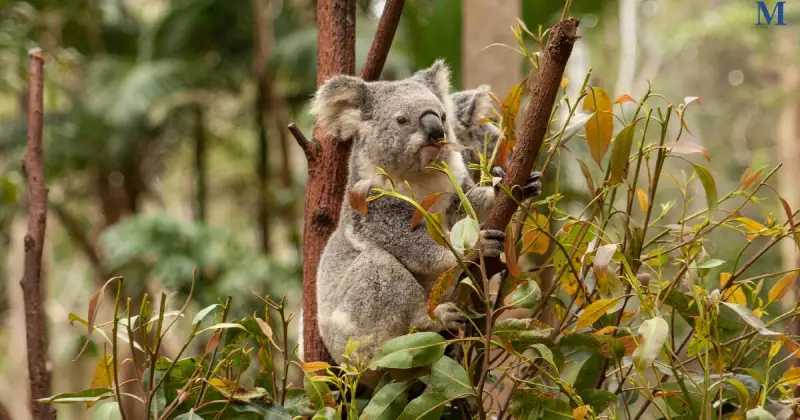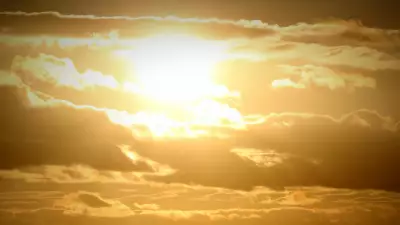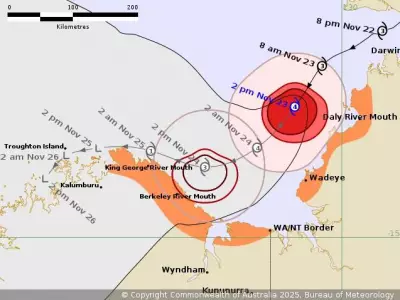
In a remarkable environmental recovery story, koala populations are making a strong comeback in regions devastated by the Black Summer bushfires, according to a groundbreaking new survey.
High-Tech Koala Tracking
The extensive survey covered more than 4,000 hectares stretching from Marulan to Kangaroo Valley, using innovative audio recording technology to monitor koala activity. Researchers deployed tiny box-shaped recorders strapped to trees that captured bush sounds day and night for two weeks during the crucial breeding season.
These sophisticated devices recorded the distinctive snore-like bellows of male koalas, with calls audible up to 200 metres away. The survey results were staggering - nearly 5,000 male koala bellows were detected across 43 sites in Morton National Park and surrounding private properties.
Artificial Intelligence Meets Wildlife Conservation
Processing the enormous volume of audio data required cutting-edge technology. Researchers analysed over 19,000 hours of recordings using artificial intelligence, which identified 4,991 distinct bellows. One particularly active site recorded koala calls on 19 out of 21 nights monitored.
Margot Law from the Department of Climate Change, Energy, the Environment and Water explained the significance of these findings. "From bellows alone, you can't know exactly how many koalas there are," she noted. "It shows where they are, but follow-up surveys using drones or spotlighting are needed for actual numbers."
Law expressed surprise at the survey results, particularly in areas that suffered the most severe fire damage. "I was really surprised by how many calls we picked up, especially in areas hit hardest by the fires," she admitted.
Broader Conservation Efforts
The survey, funded by the federal Saving Koalas Fund, represents the largest research project of its kind in the region and establishes a crucial baseline for future conservation work. This positive news coincides with the NSW Government's expansion of Morton National Park by 380 hectares, providing protected habitat for multiple threatened species.
The expanded sanctuary will benefit not only koalas but also brush-tailed rock-wallabies, glossy black cockatoos and spotted-tailed quolls. Federal Environment Minister Murray Watt emphasised the importance of the findings, stating that knowing koalas are thriving provides "vital information for ecologists to support their long-term conservation."
NSW Environment Minister Penny Sharpe highlighted the resilience of the species, noting that the results "show the population survived the fires and are spreading across the landscape."
Community involvement remains essential to ongoing conservation success. The newly established Southern Highlands Wildlife Sanctuary in Bundanoon will support koala research, conservation education, and eventually reintroduce koalas into Morton National Park.
Researchers are encouraging public participation through the I Spy Koala app, particularly seeking reports from areas around the edges of Morton National Park where no koalas were detected during the survey. "This is breeding season and males are out and about," Law reminded residents. "Community reports help us track them and protect their habitat."





